Throughout the evolution of computer hardware, there have been countless successes and equally numerous failures. Gaming keyboards, a seemingly small chapter in the grand scheme, are no exception. The one sitting in front of you is likely the culmination of countless experiments, prototypes, cheers, and heartbreaks.
Among the roster of amazing keyboards, there are a select few that deserve special mentions for being extra outstanding. They are the ones that not only raised the bar, but also broke new ground and dared to venture into the unknown. We picked out five of our all-time favorites in this article. If you're looking for something more recent, here are our best gaming keyboard options right now.
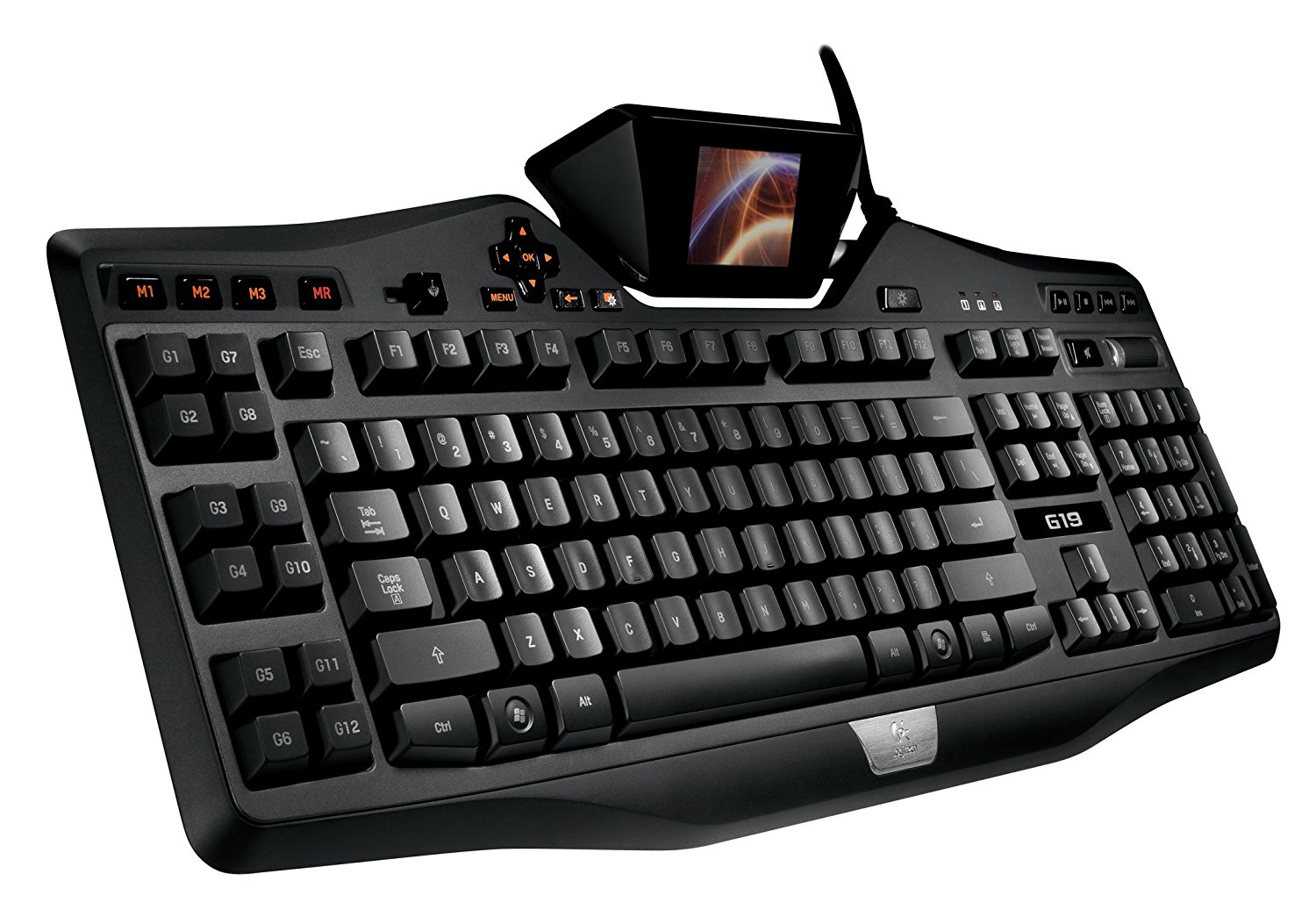
Logitech G19, 2009
If you had a Logitech G19 in 2009, everybody knew. It was the hottest keyboard with everything a gamer could want: two powered USB passthrough ports, 12 macro keys, dedicated media controls, and RGB backlights. Few keyboards, modern or not, could bolster the same feature set as the G19.
There's one additional feature that's unique to the Logitech G19; it was one of two full-sized keyboards ever made to sport a colored LCD screen powered through USB. In addition to feeding in-game stats, the screen made the G19 an instant icon upon release.
The objective practicality of the LCD screen on the G19 was questionable. Some loved it, some hated it. Either way, the G19 was immensely interesting at the time.
Not to be outdone, other manufacturers quickly released similar products. Many competitors surfaced, but none were able to deliver the same visual impact as the Logitech G19.
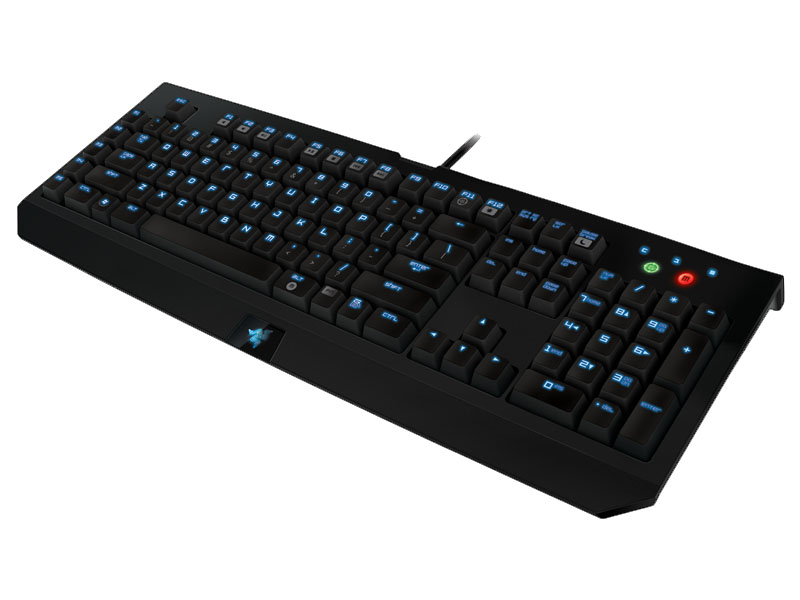
Razer BlackWidow, 2010
Razer's success can be traced back to two products: The Razer DeathAdder gaming mouse, and the Razer BlackWidow gaming keyboard.
Keep up to date with the most important stories and the best deals, as picked by the PC Gamer team.
Circa 2010, mechanical keyboards were—for lack of a better word—boring. They were primarily marketed on the basis of durability rather than their aesthetics. If you were shopping for one, you'd be met with a monotonous pool of durable yet uninspiring keyboards. This unfortunate trend continued until Razer broke the mold with its first BlackWidow.
The Razer BlackWidow had a stack of five macro keys and sported a design as provocative as its name. Built using Cherry MX Blue switches, it was one of the first mechanical keyboards to fully embrace a gaming feel, while borrowing some simple elements from existing gaming keyboards such as the Windows Key disable function.
Believe it or not, back in 2010, this limited feature set was enough to pique gamers' interest. Razer capitalized on the influx of attention with hyper-aggressive marketing, giving the BlackWidow name enough leverage to take off.
Since then, the BlackWidow has evolved into one of the most popular gaming keyboards ever made. Though it's gone through several major revisions over the past seven years, its heritage and legacy are still tightly woven in its design.
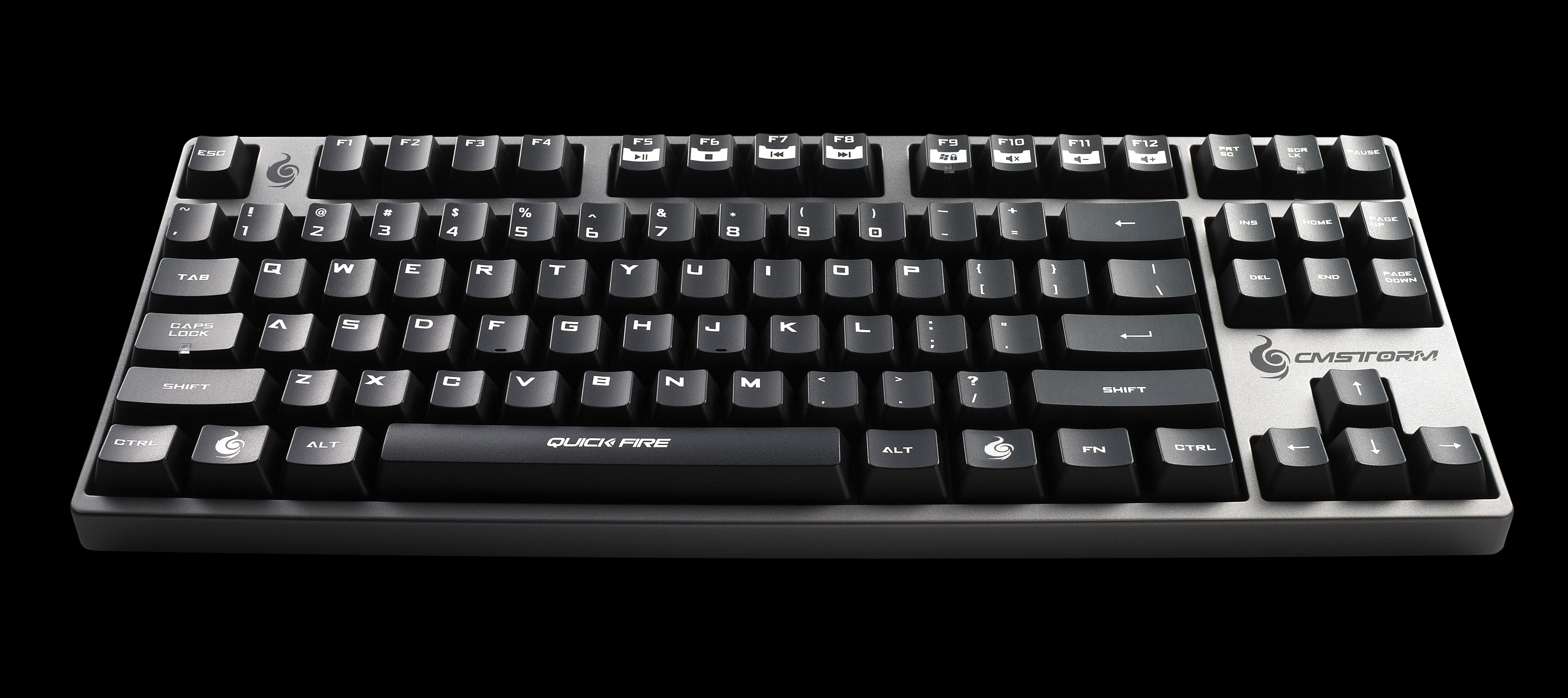
Cooler Master QuickFire Rapid, 2012
The original Cooler Master QuickFire Rapid can win an award for being the keyboard with the most tattoos. Seriously, it had three logos sprayed on the front plate alone. Though unsightly, its design can't mar its merit as one of the most important keyboards ever made.
The story begins in 2012, the era when mechanical switches were rapidly invading the keyboard market. Gamers were beginning to appreciate the benefits of mechanical switches and were willing to pay a premium for them. Being a relatively new breed of performance gaming gear, most mechanical gaming keyboards were priced at upwards of $100. If you were low on funds, then too bad, you had to suck it up with rubber domes.
The lack of good, affordable mechanical keyboards created a vacuum at the budget end. The void expanded with each passing day, and with it, the cries of broke gamers grew louder and louder.
Among the first to fill the hole was the Cooler Master QuickFire Rapid. Whereas most other keyboards were becoming increasingly complex, the QuickFire Rapid did the exact opposite. This tiny board trimmed every feature, including the number pad, to save cost.
Initial reception of the board was mixed due to the lower number of keys, but Cherry MX switches for $60 was an absolute steal. For a short while, the QuickFire Rapid dominated in popularity—all the while being ridiculed for its looks.
The QuickFire Rapid slowly declined in esteem as competition arose. Though its glory has long faded, it played a tremendous role in pioneering the budget mechanical keyboards space. If you were (or still are) the owner of one, take pride in knowing that hiding behind that hideous chassis is a legend lost in time.
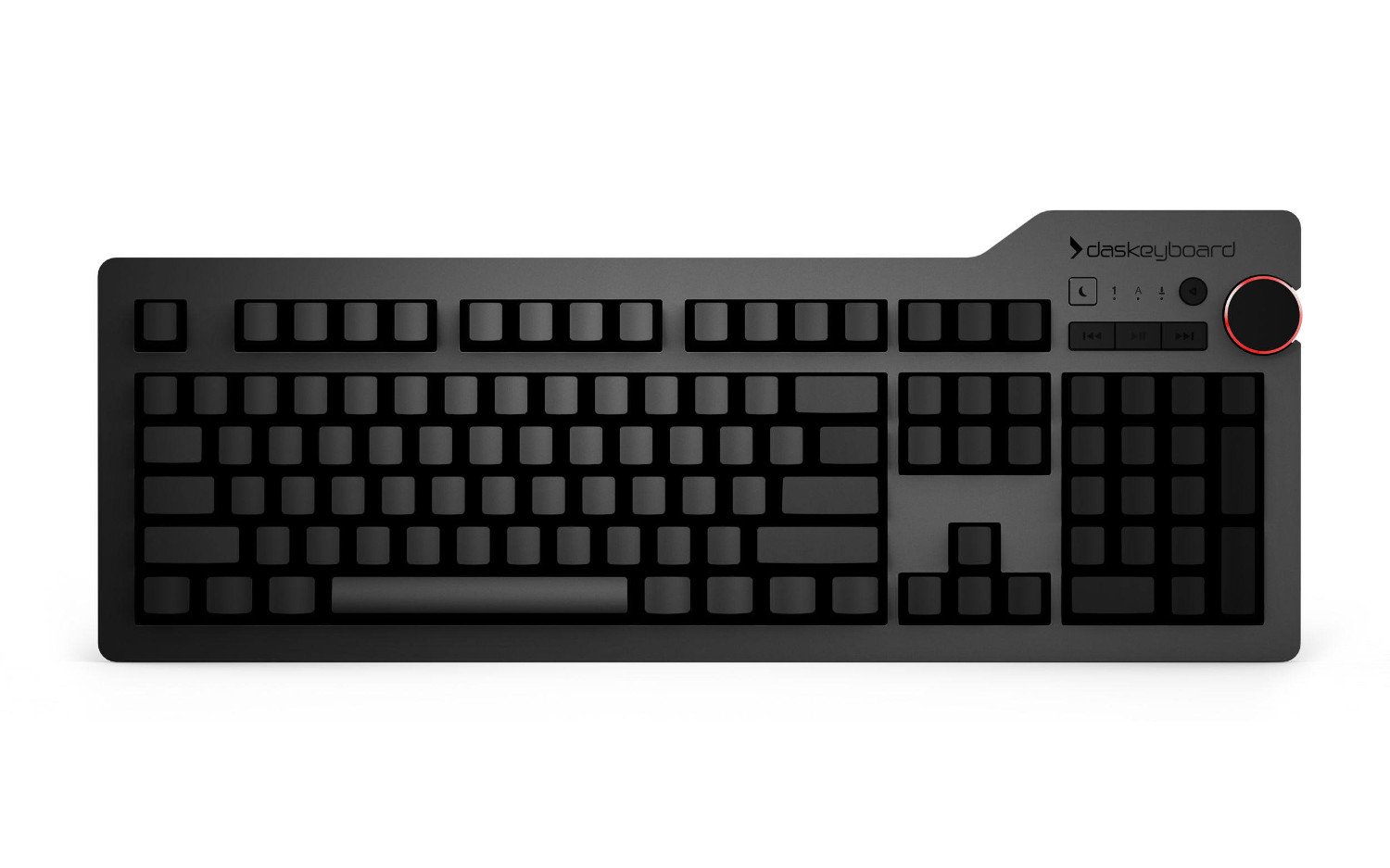
Das Keyboard 4 Ultimate, 2014
The Das Keyboard 4 Ultimate is an exemplary case of what a mechanical keyboard should be. Despite being nearly four years old, it hasn't lost the slightest bit of appeal.
The first version of the Das keyboard to use mechanical switches was introduced in 2008. It featured a new asymmetrical chassis, abolishing the clunky, retro design of its predecessor. Released alongside the new design was the "Ultimate" variant which used blank keycaps. The blank keycaps, along with the reputation as being seemingly indestructible, gave the Das Keyboard the distinction it needed to be recognized as a plank reserved for the elite typists.
Development of a new board stagnated following the release of the Das Keyboard Model S in 2009. Finally, after lying dormant for five long years, the fourth iteration was released in 2014.
The Das Keyboard 4 Ultimate brought a tidal wave of improvements that made an already great plank even better: The glossy plastic front cover was replaced with a metal plate, dedicated media controls were added, and the thickness of the chassis was reduced. The USB passthrough now pointed towards the front of the board instead of the side, saving horizontal space when used with USB stick.
Although it's only available with Cherry MX Blue and Brown switches, the Das Keyboard 4 Ultimate continues to garner attention from all sectors of users. With excellent performance and a charming presence, it remains a favorite among gamers and typists alike.
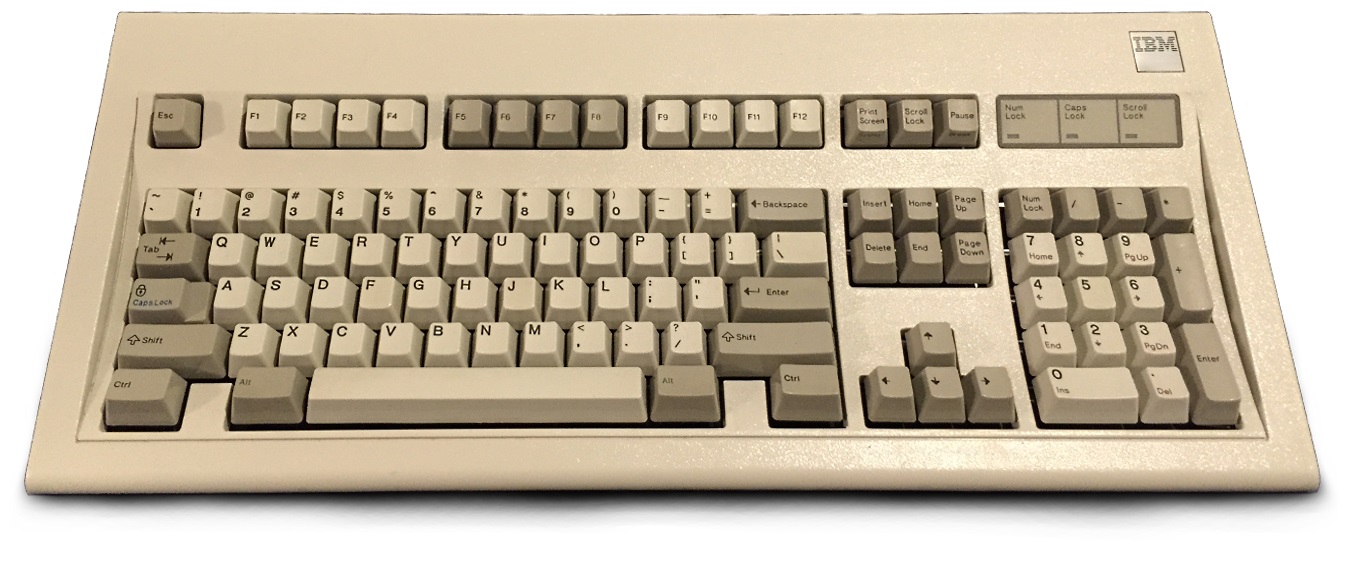
IBM Model M, 1985
The IBM Model M is revered to be the best keyboard ever made by some. It laid the groundwork for all modern keyboards, and its switch is the definition of iconic. Three decades after its inception, the vintage and prestige that once garnished the Model M still remains.
The Model M aimed to increase efficiency in both cost and intuitiveness. Hardware capability was improving at an explosive pace and software was becoming increasingly complex. A new keyboard was needed to execute new functions effectively. Thus, from the labor of a 10-person team at IBM, the Model M was born.
The IBM Model M introduced the modern key layout used by practically every keyboard today. The layout was a reworked version of the IBM Model F 122-key terminal keyboard. Major breakthroughs included placing the Ctrl and Alt keys in the same row, relocating the function row to the top of the keyboard, and adding the navigation keys above the arrow keys. The new layout became an instant success, so much so that even after 33 years, it remains largely unchanged.
A huge part of what made the Model M so great was its buckling spring switch. The buckling spring switch bends a spring when depressed, causing it to slap against the switch housing. It produces a big sound and an unmistakably unique feel. IBM reasoned that the sound helps to report when the key actuates, thus reducing errors. While that claim is unproven, the buckling spring's outstanding tactility is indisputable.
Over the following decade, IBM only needed to make slight revisions to the keyboard. Today, you can purchase a replica of the Model M through Unicomp. If you want an original 1985 model with the IBM badge, get ready to pay a premium for it—if you can even find one, that is.

